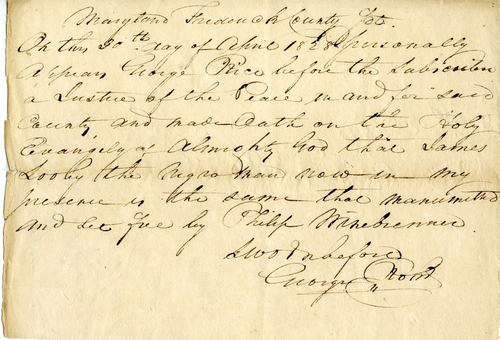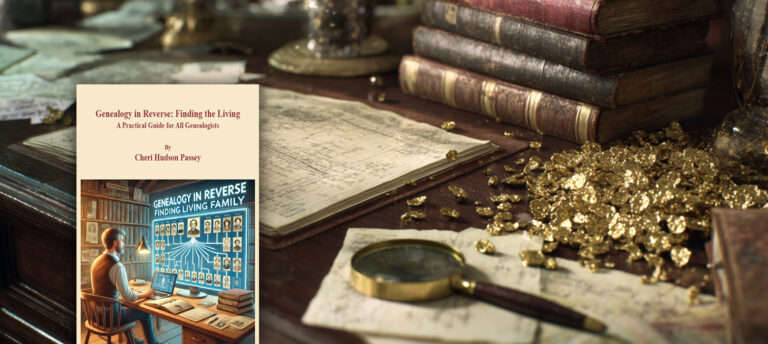
Tax Lists and Genealogy
Are you getting the most out of tax lists for your genealogy research? Do you even know where to start?
As Cornelius Carroll states in the beginning of his book, The Beginner’s Guide to Using Tax Lists, “Tax lists are one of the most valuable, but most neglected sources of genealogical information. They cannot only be used to trace migration and determine the taxable property of ancestors, but they are also important because they can be used to prove parentage when no other records are available. There are also many other uses which many genealogists and historians do not suspect.”
We like having a handy guidebook to lay out the basics of topics that can be overwhelming or take a researcher down a rabbit hole. To this end, we recommend Mr. Carroll’s guide as an excellent starting point for the beginner, or a solid refresher for the more seasoned researcher.
The Beginner’s Guide to Using Tax Lists explains the various kinds of “tax lists,” namely, personal property tax lists, tithables, poll lists, land tax lists, and rent rolls, and it informs the researcher about the genealogical uses of each. For example, tax lists are helpful in determining parentage, birth and death dates, indentured servitude, slavery, manumission, and racial status. They may also indicate the relationship of individuals in a household and their approximate ages. For instance, did you know that, in the absence of other sources, you could establish the approximate ages of the children by following the taxpaying head of household over a sequence of tithables? If not, Mr. Carroll shows you how by using actual Virginia, North Carolina, Kentucky, and Tennessee tax lists.
If you’re not up to speed on all the genealogical possibilities to be derived from tax lists, or would like to know more than what you’ll glean from a quick Internet search, Mr. Carroll’s diminutive guidebook is well worth the investment.
Image credit: Manumission note, By George Rohm [Public domain], via Wikimedia Commons. The text reads: “On this 30th day of April 1828 personally appear George Rice before the ?abricut a justice of the peace in and for said County, and made Oath on the Holy Evangely of Almighty God that James Tooley the Negro man now in my presence is the same that manumitted and let free by Phillip Winebrenner. Sworn before George Rohm”
Recent Blog Posts



